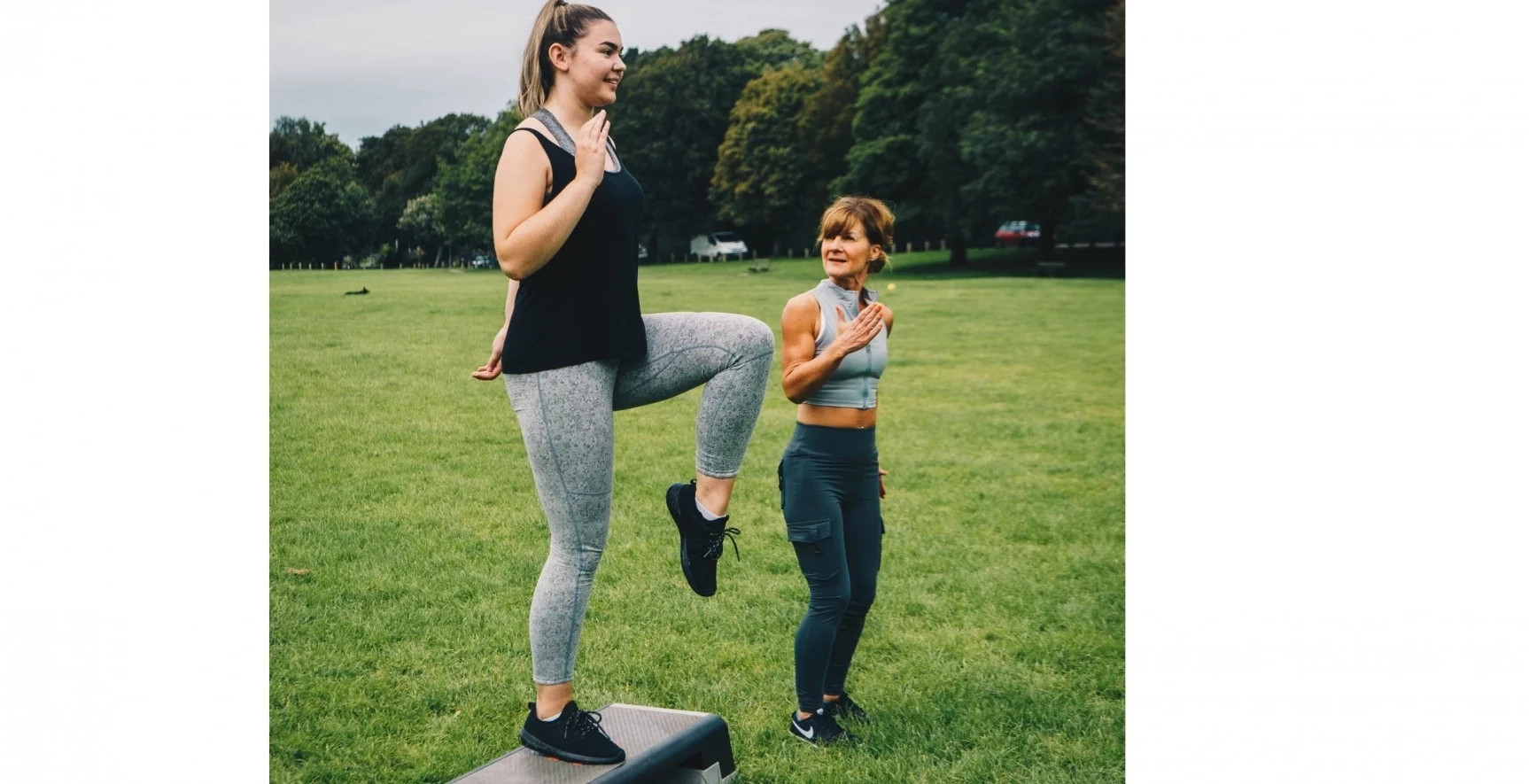Why is being able to balance important?
Firstly, balance is the ability to control our body's position, whether that's stationary or whilst moving.
Balance is a key component of fitness, along with strength, endurance and flexibility and this sometimes gets missed as part of any fitness regime.
Improving our balance can help with performing everyday functional activities, such as, if you're like me, standing on tip toes to reach something from a shelf, walking up and down stairs or walking on uneven ground without a tumble.
Benefits to incorporating balance moves either at home or as part of a training programme
- Joint stability - balance training will promote the stablisation of our knees, ankles, hips and shoulders. This can help prevent an array of injuries such as sprained ankles and serious knee problems.
- Reaction time - balance training can improve our reaction time. If we happen to slip or stumble when performing balance moves, our bodies will need to re-balance immediately or otherwise we will fall.
- Co-ordination - balance training requires the entire body to work together, otherwise again we could fall or stumble. Improved co-ordination in balance training will be transferred to every day life.
- Long term health - incorporating balance training helps to maintain or improve balance to prevent falls. As we age, our balance can deteriorate which is something we need to be mindful and avoid.
Where & how do we start?
Here are just a few balance exercises to get started:
- See how long you can stand on one foot, or try holding for 10 seconds on each side. If this is a step too far try doing this by placing both hands against a wall or something stable to help support you. Then, try again with just one hand. Next to progress, hold on with only one finger and then when you are steady on your feet, try balancing with no support - practice makes perfect!
- Walk heel to toe for 20 steps. Again use a wall to steady yourself if needed.
- Walk normally in as straight line as you can.

